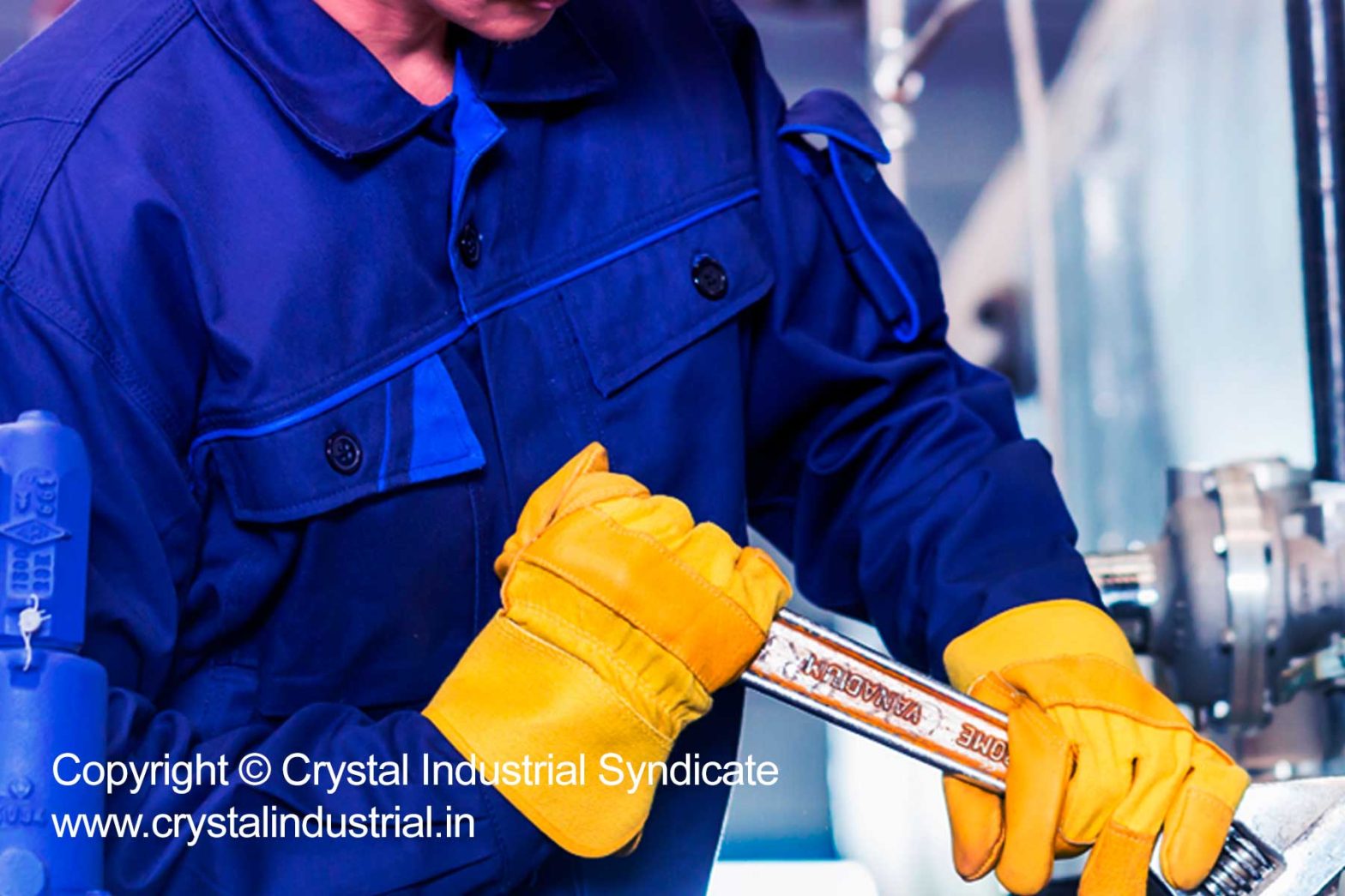Installing an injection quill typically involves the following steps:
- Begin by determining the proper location for the injection quill. This should be a location in the piping system that will allow the quill to effectively inject the fluid or substance being added.
- Cut a hole in the piping at the chosen location using a hole saw or similar tool. The hole should be slightly larger than the injection quill to allow for easy installation.
- Insert the injection quill through the hole and secure it in place using the mounting hardware provided with the quill. This may include bolts, nuts, and gaskets.
- Connect the injection quill to the fluid or substance being added, using appropriate fittings and piping as needed.
- Test the injection quill to ensure that it is functioning properly and injecting the fluid or substance as intended.
It is important to follow the manufacturer’s instructions and any local codes and regulations when installing an injection quill. If you are uncertain about the installation process, it is recommended to consult a qualified professional.
Common mistakes during installing injection quills
There are several common mistakes that can be made while installing an injection quill. Some of these include:
- Installing the injection quill in the wrong location: It is important to choose a location in the piping system that will allow the quill to effectively inject the fluid or substance being added.
- Using the wrong size of injection quill: The injection quill should be the appropriate size for the piping in which it is being installed. Using a quill that is too small can result in reduced effectiveness, while a quill that is too large may not fit properly or may cause damage to the piping.
- Failing to properly secure the injection quill: It is important to properly secure the injection quill using the mounting hardware provided, to ensure that it does not become loose or dislodged during use.
- Neglecting to properly connect the injection quill to the fluid or substance being added: It is important to use the appropriate fittings and piping to connect the injection quill to the fluid or substance being added, to ensure that it is delivered properly.
- Failing to properly test the injection quill: It is important to test the injection quill after installation to ensure that it is functioning properly and injecting the fluid or substance as intended.
What tools are required to install an injection quill
The tools required for installing an injection quill will depend on the specific type of quill being installed and the material of the piping in which it is being installed. In general, however, the following tools may be needed:
- Hole saw or similar tool for cutting a hole in the piping
- Wrenches for tightening bolts and nuts
- Pipe cutters or a saw for cutting piping as needed
- Fittings and piping for connecting the injection quill to the fluid or substance being added
- Gaskets and seals to help ensure a secure and leak-free connection
- Screwdrivers or other tools as needed to secure the mounting hardware provided with the quill
It may also be helpful to have a pipe threader on hand, as well as any specialized tools that may be required for working with the specific type of piping or injection quill being used.
Contact us to know how Crystal Industrial Syndicate’s products can support your injection quills requirements. Our experts can recommend custom-built solutions. Contact us
